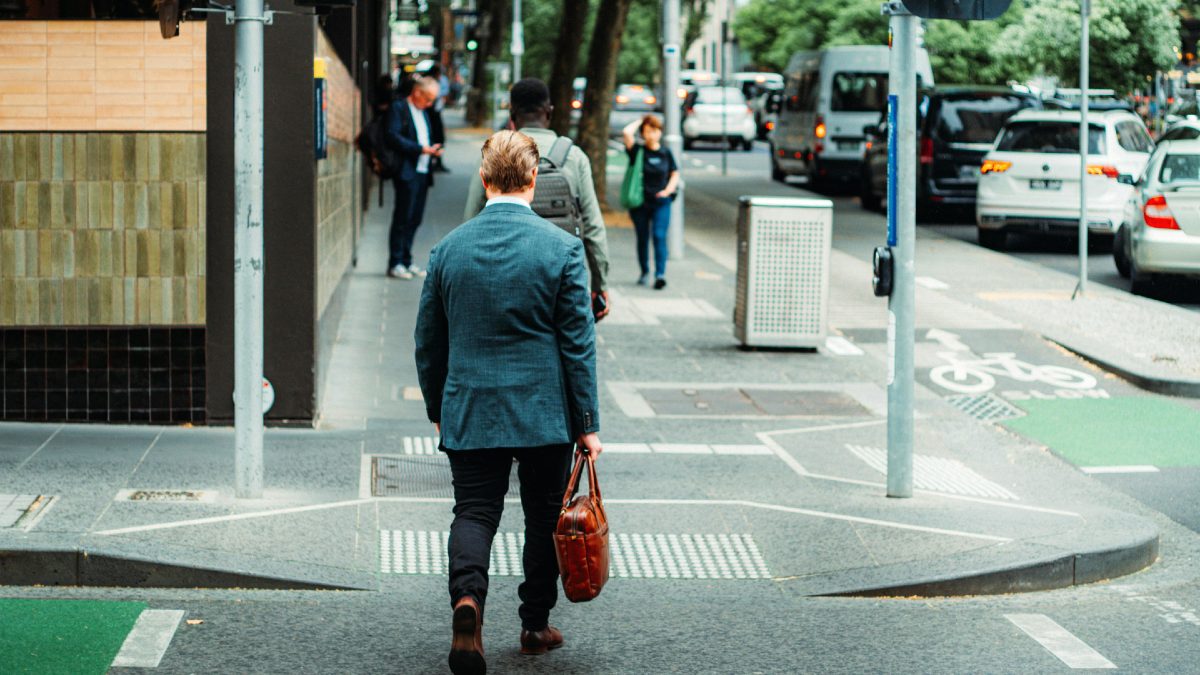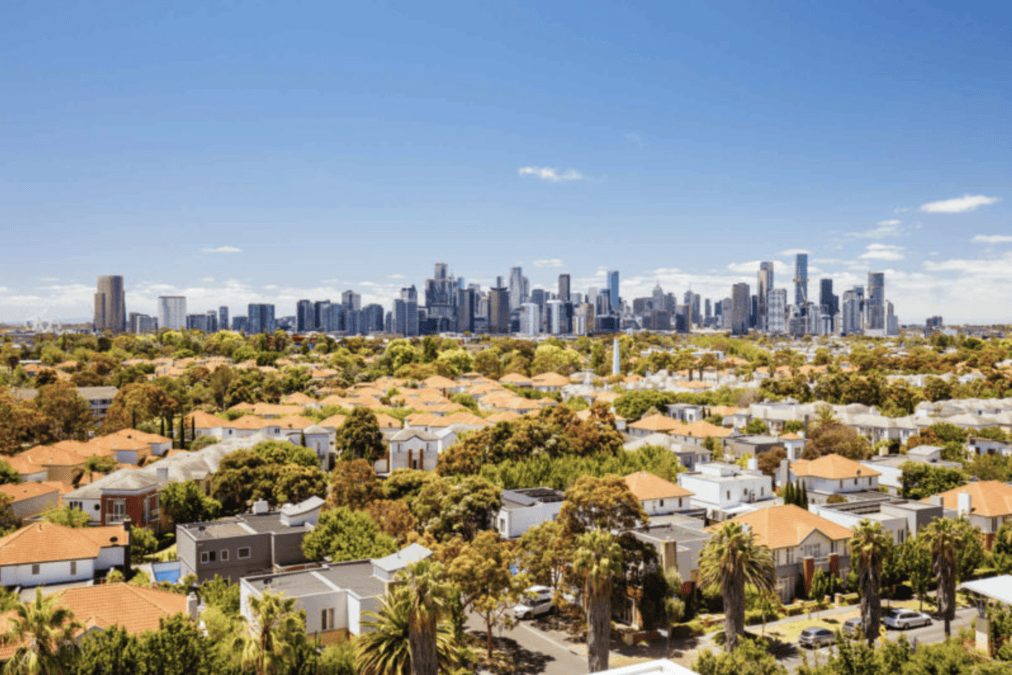
Now that most commentators believe there is considerable upside in the languishing Melbourne market, interstate investors are flocking to the city, drawn by visions of lucrative returns and a substantial market rebound.
However, this rush toward perceived opportunities is leading many to fall into what I call the "Melbourne Trap", where enthusiasm and lack of local knowledge lead to investment blunders that could cost them dearly.
Local Insight vs Interstate Missteps
I firmly believe the vibrant allure of Melbourne's culture, economy, and education makes it a prime investment target - especially now, as the city enjoys strong population and job growth and is priced at a significant discount to intrinsic value.
However, a troubling trend has emerged with the influx of interstate investors, often guided by inexperienced young buyers' agents, purchasing properties without a true grasp of the local market dynamics.
Persuasive interstate buyers' agents, who often never even visit the properties they recommend, are guiding clients towards decisions that overlook fundamental investment wisdom.
The Lure of the Outer Suburbs
One of the biggest mistakes I'm currently seeing is the selection of properties in cheaper outer suburbs that lack essential lifestyle amenities.
These areas, despite their attractive pricing, often miss the mark on the "20-minute neighbourhood" concept, where essential services and amenities should be within a 20-minute walk, ride, or drive.
The fact is, 80% of a property's performance depends on its location and neighbourhood, and today's homebuyers are placing an unprecedented emphasis on lifestyle.
"Liveable" neighbourhoods with abundant amenities are where capital growth will outperform.
The lack of these conveniences in outer suburbs can significantly diminish a property's appeal and growth potential, affecting both rental income and future capital growth.

A good neighbourhood is typically only a 20-minute walk or drive away from essential services and amenities. (Image supplied)
But It's About Much More Than Walkability
For outer suburbs to become true 20-minute neighbourhoods, two key requirements must be met.
First, local development densities need to be increased, to, say, around 25-30 dwellings per hectare, which will better support local activity and services provision.
An introduction of a mix of uses into these neighbourhoods would bring more jobs and services close to where people live. They would also have a range of housing to support a mix of household types, income levels, and age groups.
This combination is often known as density plus diversity.
Second, local public transport service levels need significant improvement. And this will be very difficult for many outer suburbs to achieve.
At the same time, these suburbs won't meet the aspirational and desirability criteria that more affluent owner-occupiers and tenants are looking for.
Apartment Angst in the Wrong Locations
The other big mistake I'm seeing naïve Melbourne investors make is buying new or off-the-plan apartments in areas that may appear promising on the surface but will likely underperform.
These investors fail to consider factors such as market saturation, construction quality, and historical performance.
This can lead to risky investments with limited growth potential and difficulty in attracting stable tenants.
The Importance of 'Feet on the Ground'
This underscores a crucial investment maxim: nothing can replace local expertise and firsthand scrutiny.
Investing remotely, based solely on statistics or the assurances of an out-of-state buyer's agent, is inherently risky.
I know it might sound self-serving, but I recommend that those interested in Melbourne's market seek advice from experts with deep local knowledge, such as the team at Metropole.
Navigating a Safe Investment Path
For those venturing into Melbourne's housing market, success hinges on thorough research, local insights, and strategic property selection.
Focus on areas that offer comprehensive lifestyle amenities, strong connectivity, and community vibrancy.
And look for areas that are going through gentrification because these suburbs have their own cycle of growth independent of what's happening in the broader market.
In general, capital growth in these areas will outperform the averages as they transform from "ugly ducklings" to "beautiful swans".
Don't get me wrong…
Melbourne offers promising investment opportunities as it enters the next phase of the property cycle. But successful investment requires a careful, informed approach.
By selecting the right property types in the right neighbourhoods, investors can not only avoid the pitfalls of the Melbourne Trap but also position themselves for substantial financial success.
Image by Harry Tucker on Pexels